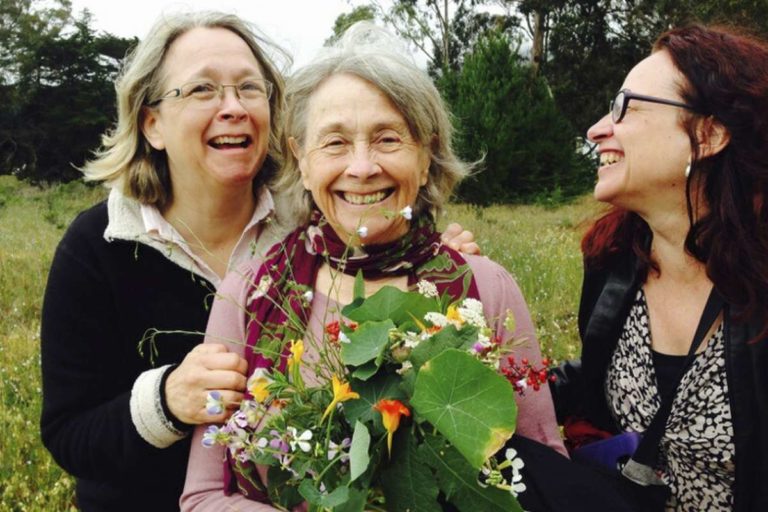Article
How Difficult is it
to find low income housing?
How difficult is it to find low-income senior housing in San Francisco? Very difficult, and it is not just the lack of available units. The whole process is difficult.
I have a technical expertise and even I cannot figure out the process. But for my mom, who is 84, it is impossible.I am a San Francisco native but left San Francisco in the late ’90s for Minneapolis before my home city became so unaffordable for so many. My father was born in San Francisco and worked for the San Francisco Examiner as a sports writer and editor for more than 50 years. He and my mother (who still resides in the Bay Area) raised nine children in San Francisco. Unfortunately, my mother lost the house we grew up in and is now looking for senior housing.
The city should provide her housing but that’s not how it works — it seems that tech companies get the breaks and the San Francisco natives are SOL. Many would tell her to move outside the Bay Area — like to Minnesota — but San Francisco is her home and she wants to stay here.
The whole process is hinged on “the list” (as my sisters have called it, as if it were some secret CIA document) — officially known as the Affordable and Low-Income Housing Opportunities list. It is not even produced by the city but by the Episcopal Community Services of San Francisco. I believe it comes out monthly (but who knows?) and the list of available units are very, very short, and the process very complex if you are an older individual and do not drive or are disabled.
Here is an example:
“Waitlist will be closed on Monday, February 29, 2016 at 5:00 pm. Applications must be received in person at 871 Turk St., San Francisco, CA or via mail must be postmarked no later than Monday, February 29, 2016 at 5:00 pm. Download Application at: www.chinatowncdc.org”
You then have to navigate to that site and locate the link that says apply for housing (not easy), remember the housing unit from the PDF, download the application, complete it and mail it to the individual housing unit. Because the applications are to the individual housing entities, you have to go through this process a few times. The application process and information is different for each site. Having done this a few times, I find the process and search excruciating.
Why isn’t there one place for all this information to be gathered and a uniform application process?
I called up the city’s Department of Aging and Adult Services to explain that this process was excluding the very people they are trying to serve. The answer was that housing was very limited and the best my mom could do is to get on a wait-list for a future development. Even those wait-lists are full. So really no help there.
I want the city to answer the question: How can you put a process in place that is a hindrance to the population you want to serve?
Without a dedicated family member or volunteer, I don’t know any older individual who would be able to navigate this process successfully. I wonder that, in exchange for the tax breaks that the city gave to tech companies, if those tech companies, Twitter, etc., could donate some of their time to improving this process, both online and in person.
The city chose to cater to the tech industry for job growth at the expense of long-term residents. The result: more workers are flocking to San Francisco creating a housing crisis that puts rents currently about $3,490 for a one-bedroom apartment (according to Zumper) and leaves residents like my mom in a housing gamble, relying on a below-market-rate-lottery system – where thousands apply but only a few are the lucky winners. Because they are the direct cause of the housing shortage, the tech companies should volunteer their time in helping San Francisco natives like my mom stay in their community or better yet give her a home.
